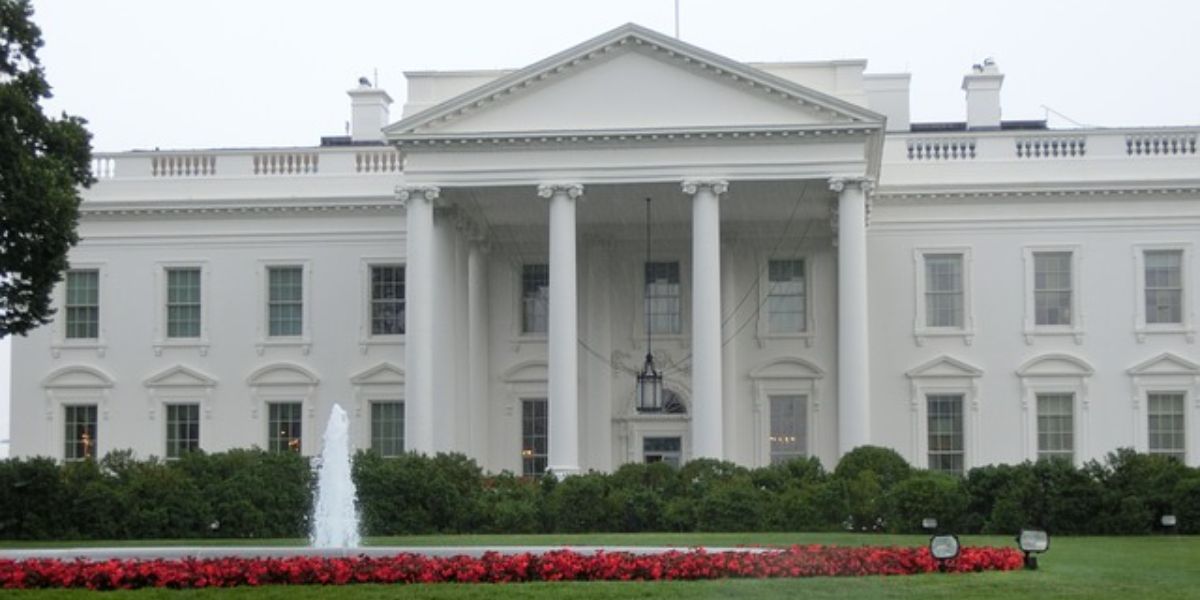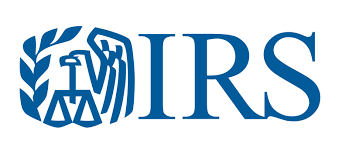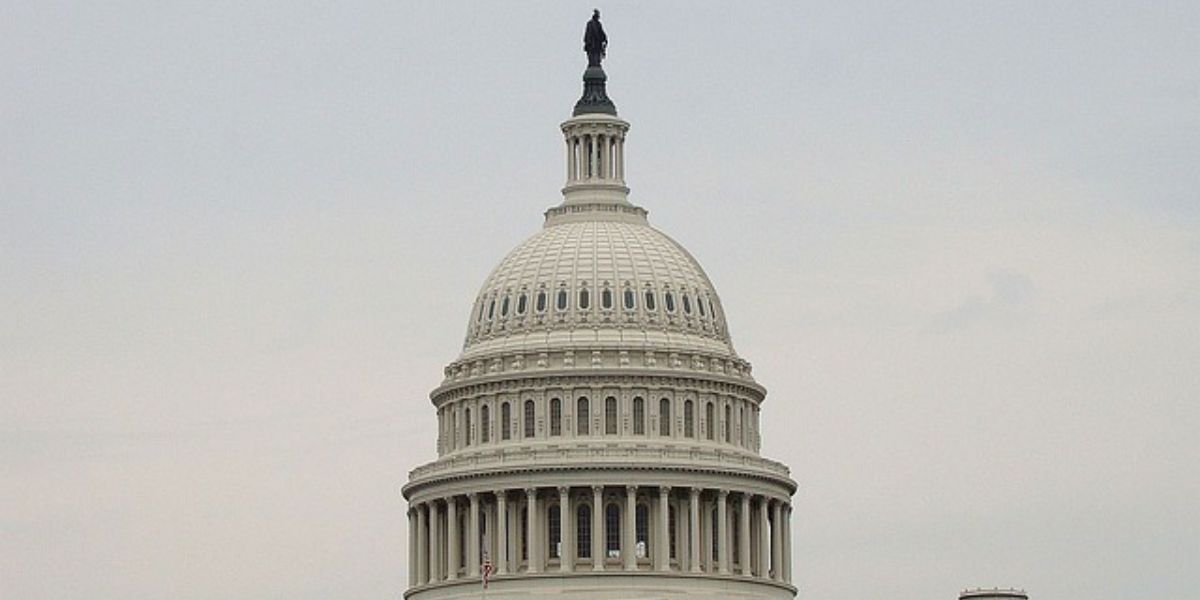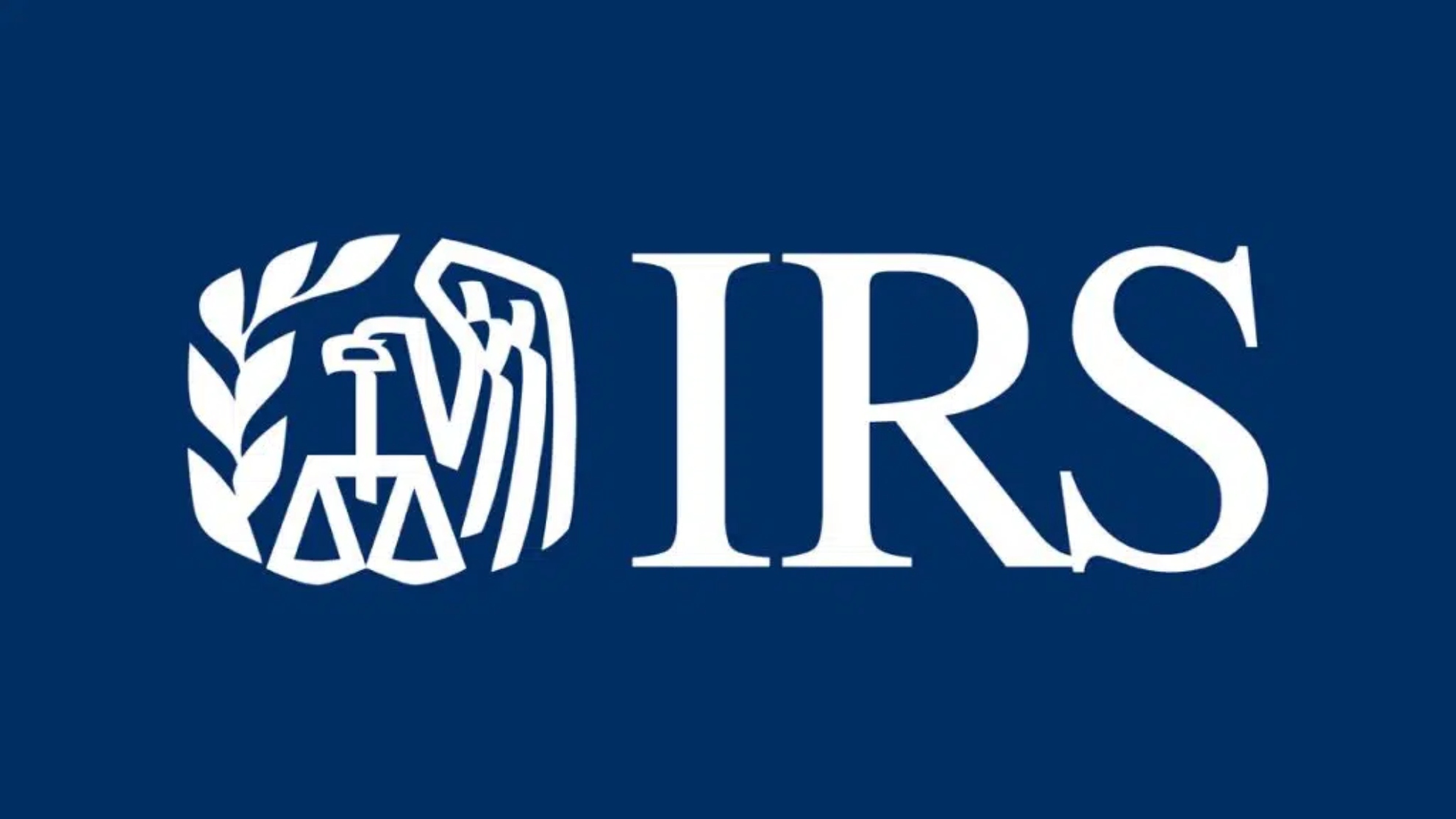The U.S. IRS has published Notice 2023-80, which outlines the guidance regarding the foreign tax credit and dual consolidated losses in relation to the GloBE Model Rules. The Notice also includes the Extension and Modification of the Temporary Relief provided in Notice 2023-55.
Purpose
This notice announces that the Department of the Treasury (Treasury Department) and the Internal Revenue Service (IRS) intend to issue proposed regulations under §§ 59(l), 78, 704, 901, 903, 951A, 954, 960, and 1503(d) of the Internal Revenue Code (Code) to address the application of those provisions, including the foreign tax credit rules and the dual consolidated loss rules, to certain types of taxes described in the “Tax Challenges Arising from the Digitalisation of the Economy – Global Anti-Base Erosion Model Rules (Pillar Two)” (GloBE Model Rules). The Treasury Department and the IRS anticipate that the proposed regulations will be consistent with the guidance provided in sections 2 and 3 of this notice.
This notice also extends the relief period for the temporary relief described in Notice 2023-55 in determining whether a foreign tax is eligible for a foreign tax credit under §§ 901 and 903. In addition, this notice addresses the application of the temporary relief with respect to partnerships and their partners.
Overview of the GloBE Model Rules
The GloBE Model Rules create a coordinated system of minimum taxation intended to ensure that Multinational Enterprise Groups (MNE Groups) with annual revenue of EUR 750 million or more pay a minimum level of tax on the income arising in each jurisdiction in which they operate. Certain jurisdictions have enacted, and others have proposed, legislation to implement the GloBE Model Rules for the IIR and Qualified Domestic Minimum Top-up Tax (QDMTT), effective for Fiscal Years beginning on or after December 31, 2023, and for the UTPR, effective for Fiscal Years beginning on or after December 31, 2024. This notice does not provide guidance regarding the UTPR, except as provided in sections 2.03 and 3.03 of this notice. The Treasury Department and the IRS continue to analyze issues related to the UTPR and intend to issue additional guidance.
Under the GloBE Model Rules, an in-scope MNE Group must calculate its Effective Tax Rate (ETR) for each jurisdiction in which it operates. The ETR determination for a jurisdiction involves calculating the Net GloBE Income in that jurisdiction, based on the net income or loss reflected on financial statements with certain adjustments, and Adjusted Covered Taxes, which is a measure of taxes paid with respect to that income (including, when computing the ETR for the IIR or UTPR, cross-border taxes such as those imposed on income of a controlled foreign corporation (CFC) or foreign branch located in the jurisdiction). If the ETR for a jurisdiction is below the 15% Minimum Rate, Top-up Tax may be imposed and collected under the QDMTT, IIR, and UTPR. The amount of Top-up Tax is determined by multiplying the Top-up Tax Percentage (the excess of 15% over the ETR in the jurisdiction) by the Excess Profits (the Net GloBE Income in such jurisdiction that exceeds a Substance-based Income Exclusion).
A jurisdiction that enacts a QDMTT will collect tax with respect to low-taxed income in that jurisdiction. Any Top-up Tax not collected under a QDMTT may be collected under the IIR or UTPR. Jurisdictions enacting the QDMTT, IIR, and UTPR into their domestic law may separately enact each such tax or may amend their existing corporate income tax.
The GloBE Model Rules operate so that taxes are imposed on Net GloBE Income in the following order of priority: (1) Covered Taxes (other than Controlled Foreign Company Tax Regimes (CFC Tax Regimes) and certain cross-border taxes); (2) QDMTT; (3) CFC Tax Regimes and certain other cross-border taxes; (4) IIR; and (5) UTPR. Thus, for example, a QDMTT is computed without regard to taxes paid pursuant to a CFC Tax Regime.


















